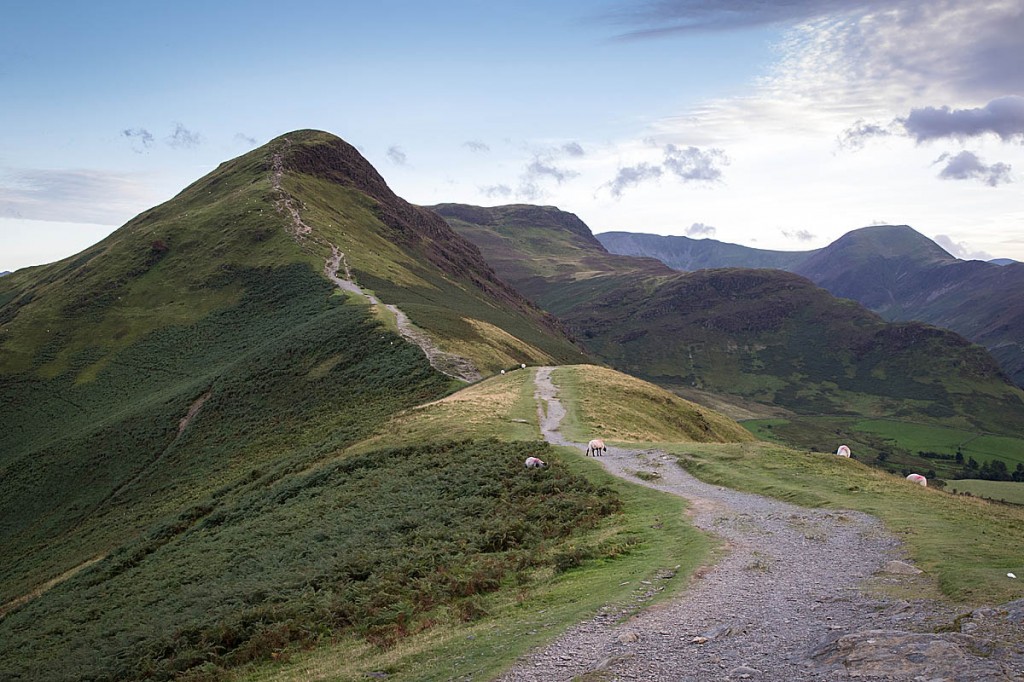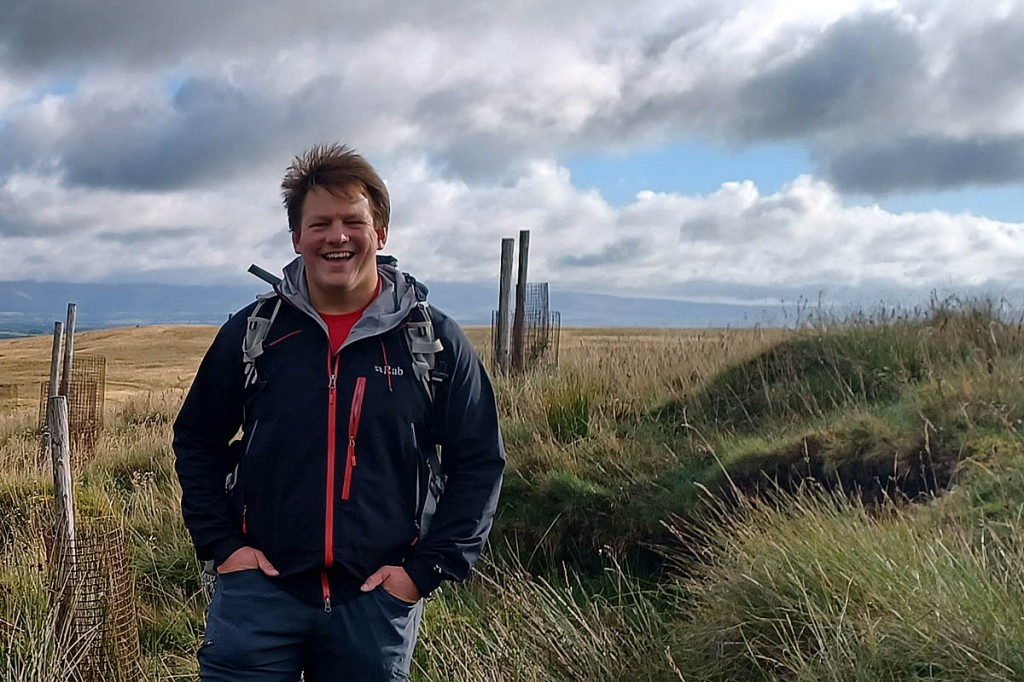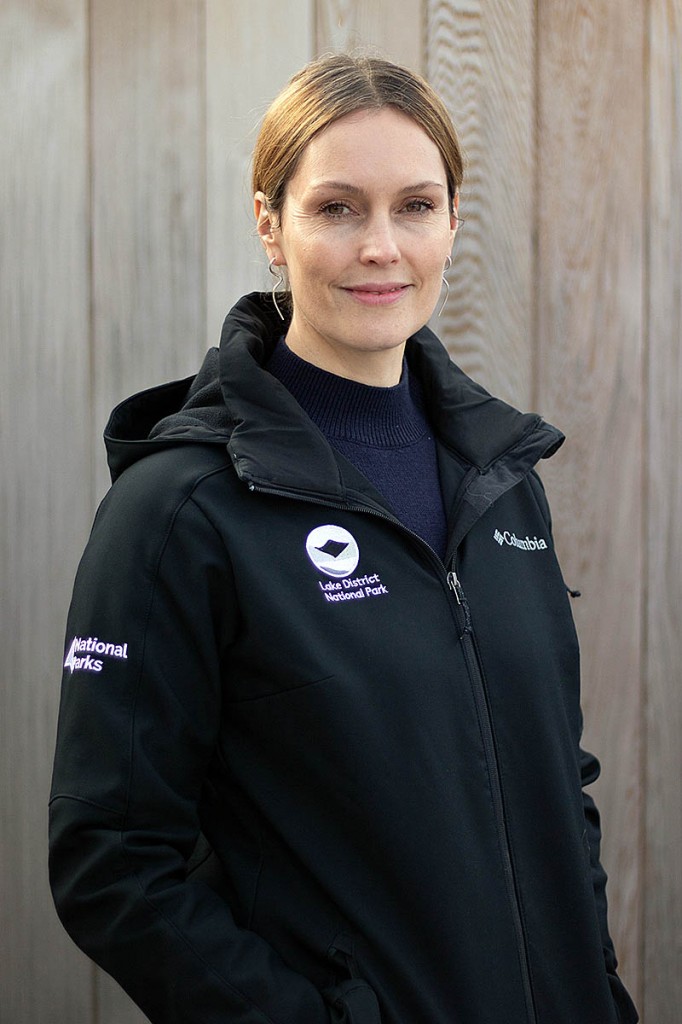A three-year £3m project to secure the future of upland commons has received a funding boost.
The system of common land was enshrined in law in the Magna Carta in 1215 but is at risk of quietly vanishing.
Only just over three per cent of England remains as common land, which is owned privately but over which individuals, commoners, have rights, mostly to graze livestock.
All common land also has open access which means people have the right to enjoy it for recreation and learning.
The three-year Our Upland Commons project covers three areas in the Lake District: the Derwent Fells, which the path up Cat Bells crosses, Bampton in the East of the national park, and Kinniside on the western edge of the Lakes.
Across England, the scheme covers nine more commons. In Dartmoor, Harford and Ugborough, Holne; in Shropshire, Long Mynd, Stiperstones, Clee Liberty; and in the Yorkshire Dales, Brant Fell, Grassington Moor and Ingleborough. The commons cover 18,000ha (44,480 acres).
The Foundation for Common Land is leading the project. Its executive director Julia Aglionby, who lives in the Eden Valley, said: “Commoning has given rise to the centuries-old practice of shared land management. It’s a system that gives us many good things, including food, water, access to nature, green space and heritage.
“And it can help with many 21st century challenges from nature recovery to flood management, carbon storage and our wellbeing.
“But there are serious threats to commons and the system of commoning. If not addressed we’ll lose these rare landscapes and the benefits they bring now and, in the future.
“The Our Uplands Commons project is all about helping commoners adapt and survive as well as growing the public’s enjoyment of, and respect for, commons and commoning.”
Common land traditionally sustained the poorest people in rural communities, providing them with a source of wood, bracken for bedding and pasture for livestock.
At one time nearly half of the land in Britain was common land, but from the 16th century onwards the gentry excluded commoners from land which could be ‘improved’ through agriculture. Most common land is now found in areas with low agricultural potential, but with high conservation significance and natural beauty.
A £1.9m grant from the National Lottery Heritage Fund, added to other sources, has enabled the Our Upland Commons to go ahead.
Alan Robinson, the Lake District project officer, said: “Over three years we’ve lots planned.
“Experts will be working with commoners on Kinniside common to create a carbon foot-printing tool for commons and ‘in-bye’ land. It’ll help commoners to cut their greenhouse gas emissions and unlock the full carbon absorption potential of their common.
“We’re also funding a project, led by the Lake District National Park Authority, getting volunteers investigating the remains of a Roman road on Bampton Common.
“And there’s help for farmers in managing bracken, with a remote-controlled bracken cutter, making common land better for wildlife and sustainable grazing.”
The Our Upland Commons partnership is led by the Foundation for Common Land and the accountable body is the National Trust. It has 25 members, including the park authorities in the Yorkshire Dales, Dartmoor and Lake District, Natural England, the Open Spaces Society and the Duchy of Cornwall.
“Commons are a unique blend of nature, history and culture,” said Hanna Latty, head of strategy and rangers at the Lake District National Park Authority.
“Across England you are seven times more likely to find common land has a special nature designation, four times more likely to find an ancient monument and 39 per cent of free access land is on common land.
“It’s vital that we recognise and protect our upland commons. And now, thanks to National Lottery players, grants from Esmée Fairbairn, Garfield Weston Foundations and the Lake District national park among others, action is being taken to help secure their future.”
Our Upland Commons said the project comes at a critical time when common land faces the biggest change in agricultural policy support for three generations, and when there is an urgent need to rectify past ecological damage and create resilience in the face of climate change.
More details are on the Foundation for Common Land website.


